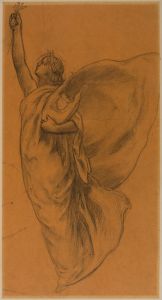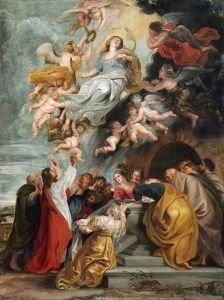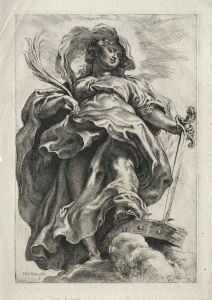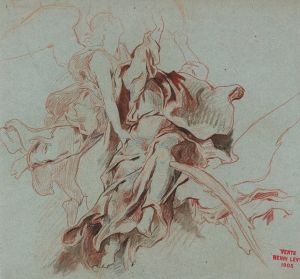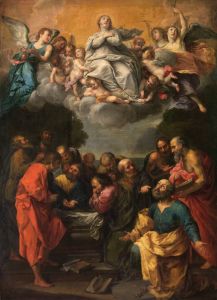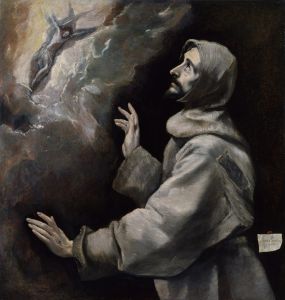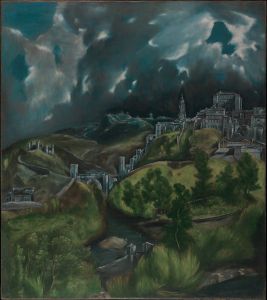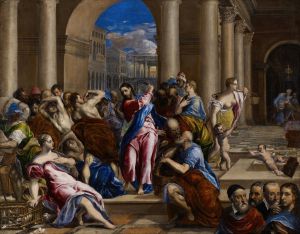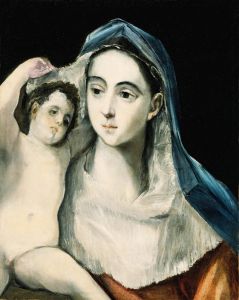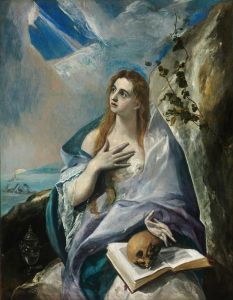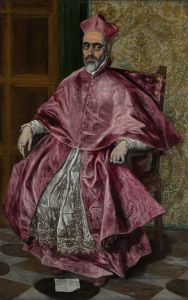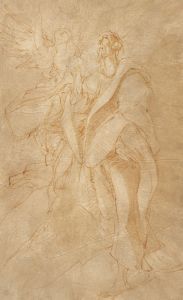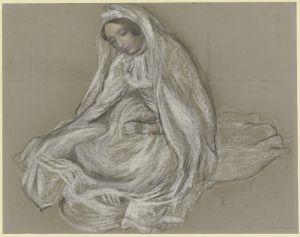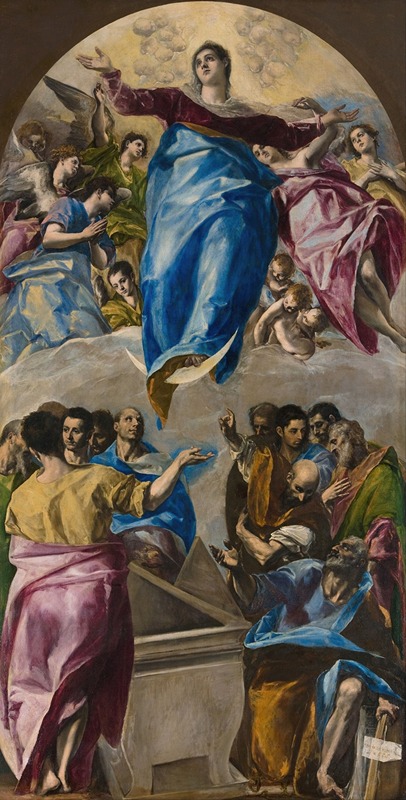
The Assumption Of The Virgin
A hand-painted replica of El Greco (Domenikos Theotokopoulos)’s masterpiece The Assumption Of The Virgin, meticulously crafted by professional artists to capture the true essence of the original. Each piece is created with museum-quality canvas and rare mineral pigments, carefully painted by experienced artists with delicate brushstrokes and rich, layered colors to perfectly recreate the texture of the original artwork. Unlike machine-printed reproductions, this hand-painted version brings the painting to life, infused with the artist’s emotions and skill in every stroke. Whether for personal collection or home decoration, it instantly elevates the artistic atmosphere of any space.
"The Assumption of the Virgin" is a renowned painting by the artist El Greco, whose real name was Domenikos Theotokopoulos. El Greco was a prominent painter, sculptor, and architect of the Spanish Renaissance, known for his distinctive style that combined elements of Byzantine traditions with Western painting techniques. This particular work, "The Assumption of the Virgin," is a significant example of his mature style and religious thematic focus.
Created between 1577 and 1579, "The Assumption of the Virgin" was one of El Greco's first major commissions in Spain. It was originally painted for the high altar of the Church of Santo Domingo el Antiguo in Toledo, Spain. This commission was crucial in establishing El Greco's reputation in Spain, where he spent the majority of his career after moving from Italy.
The painting depicts the Assumption of the Virgin Mary, a common theme in Christian art that illustrates the belief that Mary was taken up into heaven body and soul. El Greco's interpretation of this event is both dramatic and spiritual, characterized by his use of elongated figures, vibrant colors, and dynamic composition. The Virgin Mary is shown being lifted towards the heavens by a host of angels, surrounded by apostles who witness the miraculous event from below.
El Greco's style in this painting is marked by his use of light and color to convey spiritual intensity. The figures are elongated and seem to move with a sense of divine grace, a hallmark of El Greco's work that sets it apart from the more naturalistic styles of his contemporaries. The swirling drapery and expressive gestures of the figures add to the sense of movement and transcendence.
The composition is divided into two distinct zones: the earthly realm, where the apostles are gathered, and the heavenly realm, where the Virgin is assumed. This division is typical of El Greco's work, which often explores the tension between the earthly and the divine. The use of light in the painting is particularly noteworthy; it illuminates the Virgin and the angels, creating a focal point that draws the viewer's eye upward, reinforcing the theme of ascension.
"The Assumption of the Virgin" reflects El Greco's deep religious conviction and his ability to convey complex theological concepts through art. His unique style, which blends elements of Mannerism and Byzantine iconography, has made this painting a subject of study and admiration for art historians and enthusiasts alike.
Today, "The Assumption of the Virgin" remains an important work in the history of art, exemplifying El Greco's innovative approach to religious subjects and his influence on the development of Western art. The painting is housed in the Art Institute of Chicago, where it continues to be a focal point for visitors and scholars interested in the Spanish Renaissance and the enduring legacy of El Greco.





